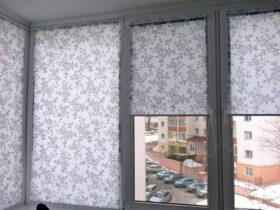The inflation indicator in Armenia continues to be kept at quite acceptable figures. According to the National Statistical Service, the inflation rate in the first quarter of 2012 compared to the same period in 2011 was 3.3%. At the same time, in March 2012 compared to March 2011, the inflation rate was 2.2%.
The rise in prices in March was most noticeably affected by the increase in the cost of alcoholic beverages and tobacco products (annual growth of 5.3%), and the decline in the consumer price index was achieved due to a decrease in food products and services. For example, prices for animal and vegetable fats, eggs, fruits, some types of cheeses, etc. fell in price. Non-food inflation rose primarily due to the rise in fuel prices. The cost of clothing is also growing significantly, despite constant sales with discounts. In general, the situation with price changes in the world food markets remains calm, which allows us to continue to count on low inflation rates..
Low inflation, being good news for consumers, should logically cause an increase in retail turnover, especially since, again, judging by the statistics, the average level of nominal wages is constantly growing. However, in reality, in January-February 2012, compared with the same period in 2011, the trade turnover increased by 0.6% — due to the growth of wholesale trade by 3.1%. At the same time, the index of retail trade turnover amounted to 99.8%, car trade — 95.3%. Taking into account the annual increase in prices in physical terms, retail turnover decreases even more significantly.
The passivity of buyers could be attributed to the post-New Year period, however, statistics for the past three years indicate a general trend, not a seasonal factor. After a natural drop in trade volumes in the crisis year of 2009 by 4.1%, growth in 2010 amounted to 4.2% (with a scandalous rise in prices), in 2011 the growth in trade volumes was 3.5%. These indicators indicate not only a significant decrease in the real income of citizens, but also a decrease in the level of savings, due to which expenses were still covered, for example, in the crisis year of 2008 (an increase in trade turnover of 7.9%). Or, the number of citizens permanently residing in the country has decreased to the extent that affects the level of consumption. Also a factor.











